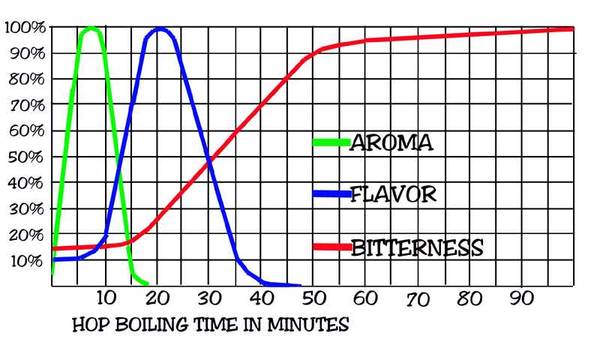Hi guys,
Been AG BIABing for a few months now, and was considering getting a Plate Chiller (part belated Fathers Day present, part Birthday present, I prefer to chose my own).
Would immediately chilling the Wort help keep the hop character and balance where I intend them to be?
Does the continued exposure to the heat change the effect of the Flavour and Aroma Hop additions towards a Bittering effect?
I don't want to start a No Chill versus Chill arguement, just wondering if anyone had any thoughts.
Been AG BIABing for a few months now, and was considering getting a Plate Chiller (part belated Fathers Day present, part Birthday present, I prefer to chose my own).
Would immediately chilling the Wort help keep the hop character and balance where I intend them to be?
Does the continued exposure to the heat change the effect of the Flavour and Aroma Hop additions towards a Bittering effect?
I don't want to start a No Chill versus Chill arguement, just wondering if anyone had any thoughts.






